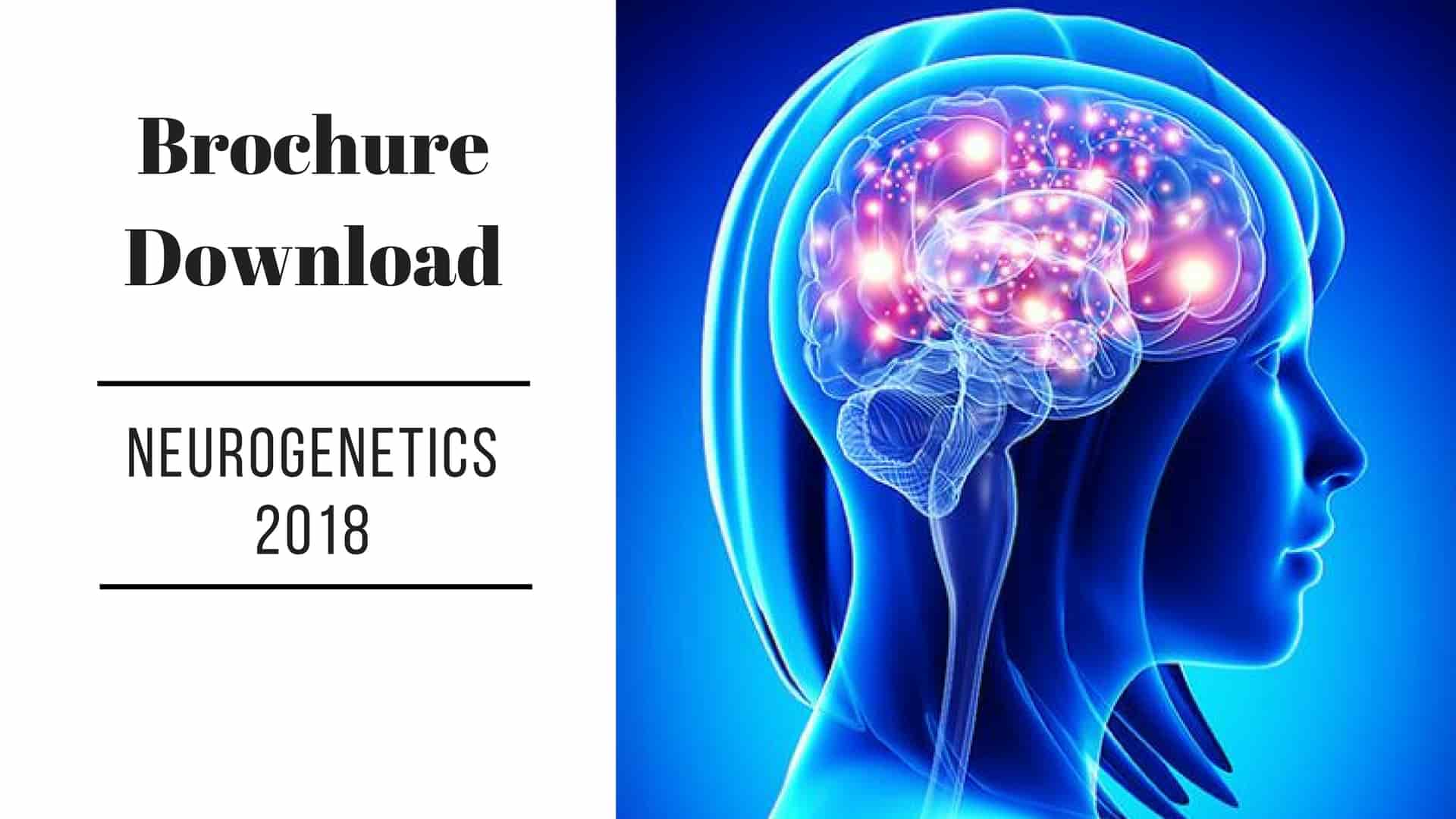
Jolanta Zieba
Lewis Katz School of Medicine at Temple University, USA
Title: Correlation of amniotic fluid hyaluronic acid levels with severity of spinal cord damage and astrogliosis in myelomeningocele model
Biography
Biography: Jolanta Zieba
Abstract
Myelomeningocele (MMC) is the most severe and common form of spina bifida, which results in significant and lifelong neurological disabilities, impaired quality of life and difficult medical management. In MMC, the spinal cord is exposed to the Amniotic Fluid (AF) through openings in the overlying vertebrae and skin resulting in progressive spinal cord damage and astrogliosis at the MMC lesion site. Because the spinal cord damage is thought to be mediated by exposure of the spinal cord to the AF, closing the MMC lesion in utero could be beneficial to enhancing neurological outcome. However, the mechanisms underlying the pathological progression of MMC are not well understood and MMC still poses a therapeutic challenge. Hyaluronic Acid (HA) is an important component of the AF determining its properties and plays a significant role in the unique fetal wound healing process and tissue regeneration. Therefore, the main objective of this study was to measure the HA concentration in AF at different stages during gestation in a clinically relevant rat model of MMC and compare them with age-matched normal controls. MMC was established using the retinoic acid-induced rat model, which is analogous to human MMC and develops the entire spectrum of disease severity. The HA concentration in AF was examined using a specific enzyme-linked immunosorbent assay. In addition, the progression of spinal cord injury in MMC fetuses was assessed by immunohistochemical examination of astrogliosis. Our data shows a significant reduction in HA level and the viscosity of AF was observed in fetal rats with MMC at later stages of gestation compared to control fetuses. Moreover, lower HA level and viscosity corresponding with the increased severity of spinal cord damage and astrogliosis at the MMC site. In summary our results show deficiency in the HA level of AF that appear to correlate with MMC pathology in a rat model of MMC. Our findings may aid in our understanding of mechanisms underlying pathological progression of MMC and ultimately creating regenerative therapies for MMC repair directed at rebuilding the fetal environment.

